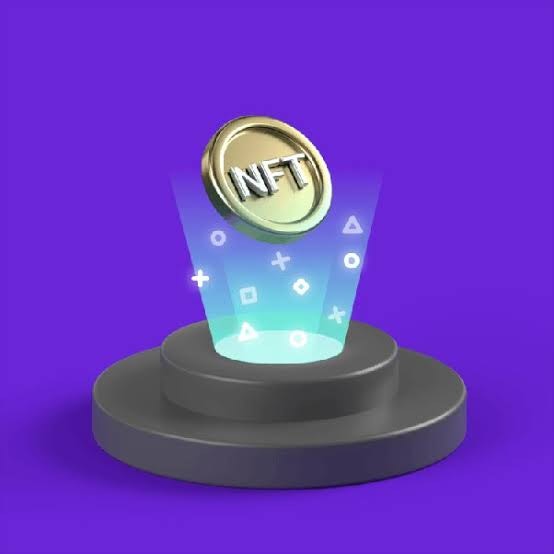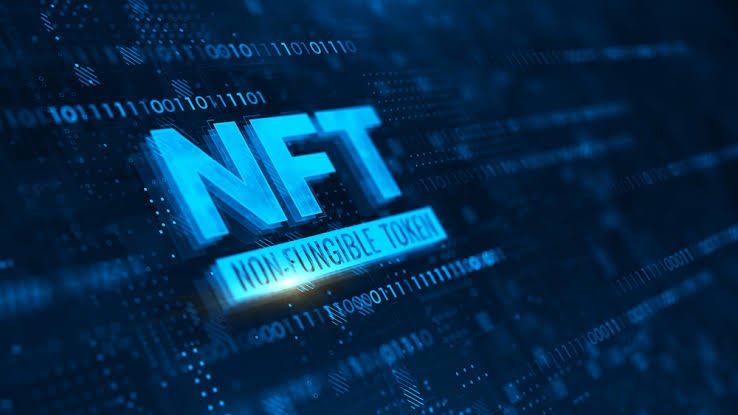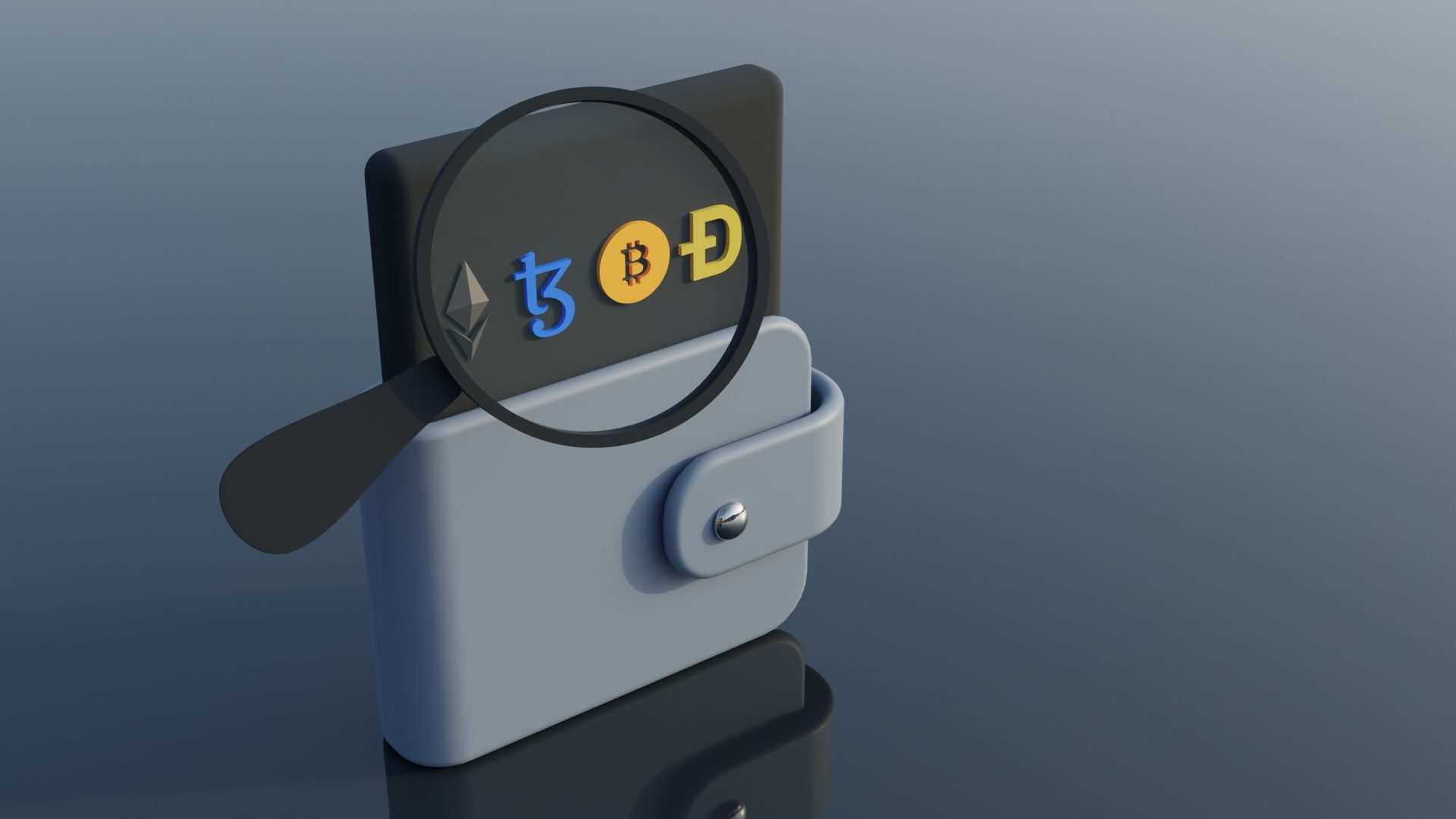What is an NFT whitelist?
27/04/2022

NFTs have been booming in popularity among blockchain enthusiasts. Because of this, certain applications and platforms have begun to emerge that specifically use NFTs. One such application is called a whitelist.
What is an NFT whitelist, you ask? In the crypto world, the term whitelist can mean different things. Let’s go over two of the most common definitions.
1) An NFT whitelist is a curated list of non-fungible token (NFT) projects that have been vetted for quality and compliance with certain standards. Getting on a whitelist demonstrates that your project is reputable and safe for potential investors.
2) This type of whitelist is a list of addresses that are allowed to view and transact with a new NFT project. In other words, it is a list of people who are allowed to buy newly-minted NFTs.
Let’s start by discussing this second type of whitelist.
Benefits for investors on a whitelist
The benefits for investors on a whitelist are many and varied. Some of the best benefits include early access to ICOs, preferential rates, and a higher level of security. For example, by being on a whitelist you are more likely to be able to purchase tokens at a lower price than those who are not on the list.
In addition, being on a whitelist gives you a greater level of security as your investment is more likely to be protected from fraud or theft. Overall, being on a whitelist provides you with a number of advantages that can help you maximise your investment potential.
How individual investors can get on an NFT whitelist
Investigate
Do your homework if you want to be on a whitelist. There are numerous initiatives available. To avoid financial loss, time your investment properly.
New NFT ventures can be found on BitDegree, Crypto.com, and DappRadar. You may use Crypto.com to learn about new collections and their asset prices. NFT influencers can also be found on Twitter and Rarity.tool.
Do your research before requesting a whitelist. The goal is to achieve a high return on investment. Nobody wants to put their money into a bogus project.
Join the Discord Server for the Project
Join their Discord group once you’ve decided on a project. The discord group is linked on the project’s website and Twitter bio. NFT projects communicate via Discord and Twitter.
There are information channels in each Discord group. Investigate the group at your leisure. Find the “announcement” channel. If you have any further queries, please utilize the “general” channel to ask them.
Be aware of private messages; these communities are rife with scammers.
Participate
NFT creators will often whitelist individual investors who take an active interest in their NFTs. Here are some ways to show your interest:
Giveaways: These groups host contests in which you must perform activities in order to win. Some of these tasks may necessitate a certain number of participants.
Take action: Know! Participate in group activities. Engage in conversation with other members or respond to queries.
What are the benefits of having your NFT on a whitelist?

Now we’ll turn to the other meaning of a whitelist, that is, a list of legitimate and reputable NFTs.
Being on this type of NFT whitelist can be beneficial for both NFT issuers and holders.
For issuers, it can help to increase the visibility and legitimacy of their projects. For holders, it can provide peace of mind knowing that the NFTs they are holding are from reputable issuers.
There are a few different types of NFT whitelists, each with different advantages:
Exchange-maintained whitelists
One type of NFT whitelist is maintained by exchanges. These lists typically feature only the most established and well-respected NFT projects.
Exchange-maintained whitelists are beneficial as they help to ensure that only high-quality NFTs are listed on the exchange. This can help to protect holders from scams and fraud, and it can also help to increase the value of the NFTs that are listed.
Rating agency whitelists
Another type of NFT whitelist is maintained by rating agencies. These lists typically feature a wider range of NFT projects, including some that are less established.
Rating agency-maintained whitelists are beneficial for holders as they provide more information about the risks and potential rewards associated with holding an NFT. However, they can also be less reliable than exchange-maintained whitelists, as rating agencies may have conflicts of interest.
Wallet-maintained whitelists
Yet another type of NFT whitelist is maintained by wallets. These lists typically feature a wide range of NFT projects, including some that are less established.
Wallet-maintained whitelists can be beneficial for holders, as they provide more information about the risks and potential rewards associated with holding an NFT. However, they can also be less reliable than exchange-maintained whitelists, as wallets may have conflicts of interest.
What are some of the most popular NFT whitelists?
Some of the most popular NFT whitelists include:
- ERC721: The most popular standard for fungible and non-fungible tokens, ERC721 is used by many major projects such as CryptoKitties, Decentraland, and Gods Unchained.
- NFTX: A new standard for non-fungible tokens that allows for interoperability between different platforms, NFTX is used by a growing number of projects including OpenSea, Super Rare, and Foundation.
- EIP1155: The newest standard for non-fungible tokens, EIP1155 is supported by a number of major projects including Enjin Coin, Dapper Labs (the company behind CryptoKitties), and Ethereum Name Service.
What should you consider before getting your blockchain asset listed on an NFT whitelist?

If you’re planning on listing your blockchain asset on an NFT whitelist, there are a few things you’ll need to take into account first. Here’s what you should consider before taking the plunge:
- Make sure your asset is compliant with all applicable regulations. This is crucial, as non-compliant assets may be subject to delisting or other penalties.
- Do your research and choose a reputable NFT whitelist provider. There are many scams out there, so it’s important to choose a provider that is well-established and trustworthy.
- Consider the fees associated with listing on an NFT whitelist. Some providers charge high fees, so be sure to compare rates before making a decision.
- Be prepared to undergo a thorough KYC/AML verification process. Many NFT whitelists require their customers to undergo Know Your Customer (KYC) and Anti-Money Laundering (AML) verification before listing an asset.
- Make sure your asset meets the requirements of the NFT whitelist. Each provider has different requirements, so be sure to check before submitting your asset for listing.
Chat with the expert NFT promoters and marketers at Mooning
Sure, all the examples of NFT promotions we listed are from global brands with endless coin to throw at their campaigns. But you really don’t need a crazy-high budget to see some seriously incredible outcomes – as long as you know the delicate intricacies of building a killer NFT marketing strategy!
If not, no worries – Mooning is here to take care of everything for you and make sure you see the most amazing ROI you’ve ever seen before. Our team has the knowledge and experience to promote your NFTs in order to deliver maximum awareness and interest, driving the sales prices up sky-high and beyond.
We provide a full suite of expert NFT marketing services and go above and beyond for every one of our clients to ensure only the best results. Our team will help with everything from minting, listing and selling, NFT creator sourcing, community management and campaign conceptualisation.
So get in touch with us now on 1300 818 435 or message us online.





